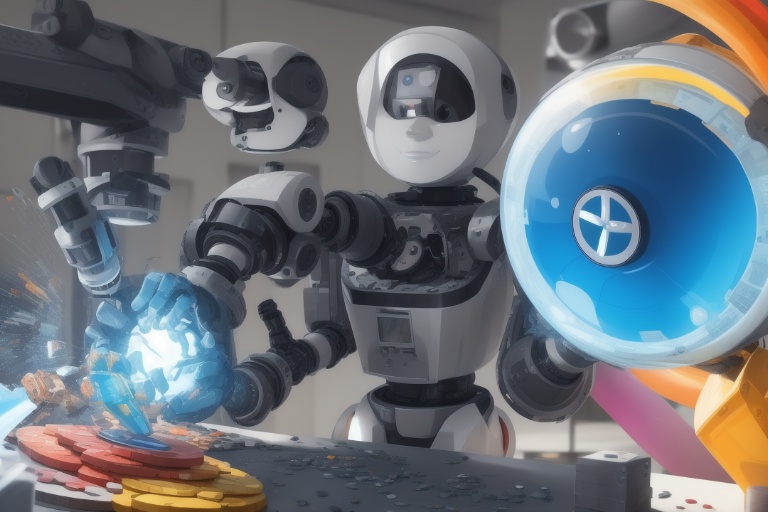The intersection of technology and law often finds its battleground in the courtroom, as seen in a recent San Francisco hearing involving a group of artists and prominent generative artificial intelligence (AI) companies. This case exemplifies the complexities that arise as we grapple with the protection of intellectual property in an era of rapidly evolving AI capabilities. The plaintiffs, a collection of visual artists, have leveled serious accusations at AI firms Stability AI, Midjourney, and DeviantArt. These companies stand accused of utilizing the artists' original work to educate and enhance their AI models without proper authorization.
The intersection of technology and law often finds its battleground in the courtroom, as seen in a recent San Francisco hearing involving a group of artists and prominent generative artificial intelligence (AI) companies. This case exemplifies the complexities that arise as we grapple with the protection of intellectual property in an era of rapidly evolving AI capabilities. The plaintiffs, a collection of visual artists, have leveled serious accusations at AI firms Stability AI, Midjourney, and DeviantArt. These companies stand accused of utilizing the artists' original work to educate and enhance their AI models without proper authorization.
The Legal Crossroads of AI and Copyright
At the heart of the dispute is the allegation that these AI enterprises failed to respect the ownership rights of the artists and unlawfully trained their AI systems with copyrighted material. This legal quandary poses a significant challenge to artists striving to safeguard their creative investments while it equally confronts AI companies with the pressing need to navigate the intricate web of copyright law.
The Court's Response and Instructions
U.S. District Judge William Orrick, presiding over the matter, exhibited a propensity to dismiss the bulk of the claims, citing a lack of specific grievances and concrete evidence from the artists. The judge further underscored the importance of concrete information, especially given the voluminous databases of compressed imagery utilized to train AI. Orrick's initial stance suggests a demanding threshold for proof in such cases, compelling the artists to refile their complaints with greater detail if they hope to move forward.
Sarah Andersen's Unique Position
Among the collective pleas, illustrator Sarah Andersen's case has garnered particular attention. With registered copyrights and direct accusations of infringement against Stability AI, her claim is perceived to have distinguishable and potentially actionable merit. Andersen's situation underscores the critical nature of copyright registration and specific evidence when confronting AI companies in legal disputes.
The Broader Implications for AI Development and Copyright
The proceedings of this lawsuit are not just about the involved parties; they're emblematic of a broader conversation about how we can reconcile the advancement of artificial intelligence with the rights of content creators. The consequences of this case will likely resonate far beyond the courtroom, influencing how future legal standards and practices will evolve to address the utilization of copyrighted content in the training of AI.
One thing remains clear: as AI technology continues to expand its capabilities, both content creators and AI developers must work towards a harmonious coexistence. It is essential that a balance is struck between protecting the intellectual property rights of individuals while also fostering an environment that allows technological progression to flourish. The final verdict of this lawsuit, and those like it, will play an instrumental role in shaping the legal frameworks that support this balance.
The reverberations of these legal decisions promise to echo through the tech and art communities alike, potentially redrawing the boundaries of copyright law and its enforcement. Stakeholders on both ends of the spectrum would do well to observe these developments with keen interest, as the outcome will no doubt have a lasting impact on the future of AI integration and the safeguarding of intellectual property rights.
Information for this article was gathered from the following source.

